On Travel Experience
First impressions count
We’re told that “First impressions count”, but “Never judge a book by its cover”. So, which advice should we heed? Well, when viewed in the context of an airport then the answer is most certainly the former. First impressions absolutely do count because people will and do judge books, banks, restaurants, people, airports, cities and in turn entire nations by their ‘cover’.
To arrive at a city’s airport is to arrive at an opinion, whether you intend to or not. The moment you step off the plane, you peer through the open door, past the stewardess and assess the air bridge, “What? No air bridge? A bus, seriously? It’s 4am and we’ve been circling for over an hour! Tut tut, poor infrastructure, bad planning, lack of proper funding”, so on and so on. The net emotional result, “Not impressed, glad we’re not staying” or “I hope this isn’t a sign of things to come”. This becomes especially pronounced for cities hosting upcoming large events that will thrust them into the global eye such as the Olympic Games, the World Cup or the World Expo.
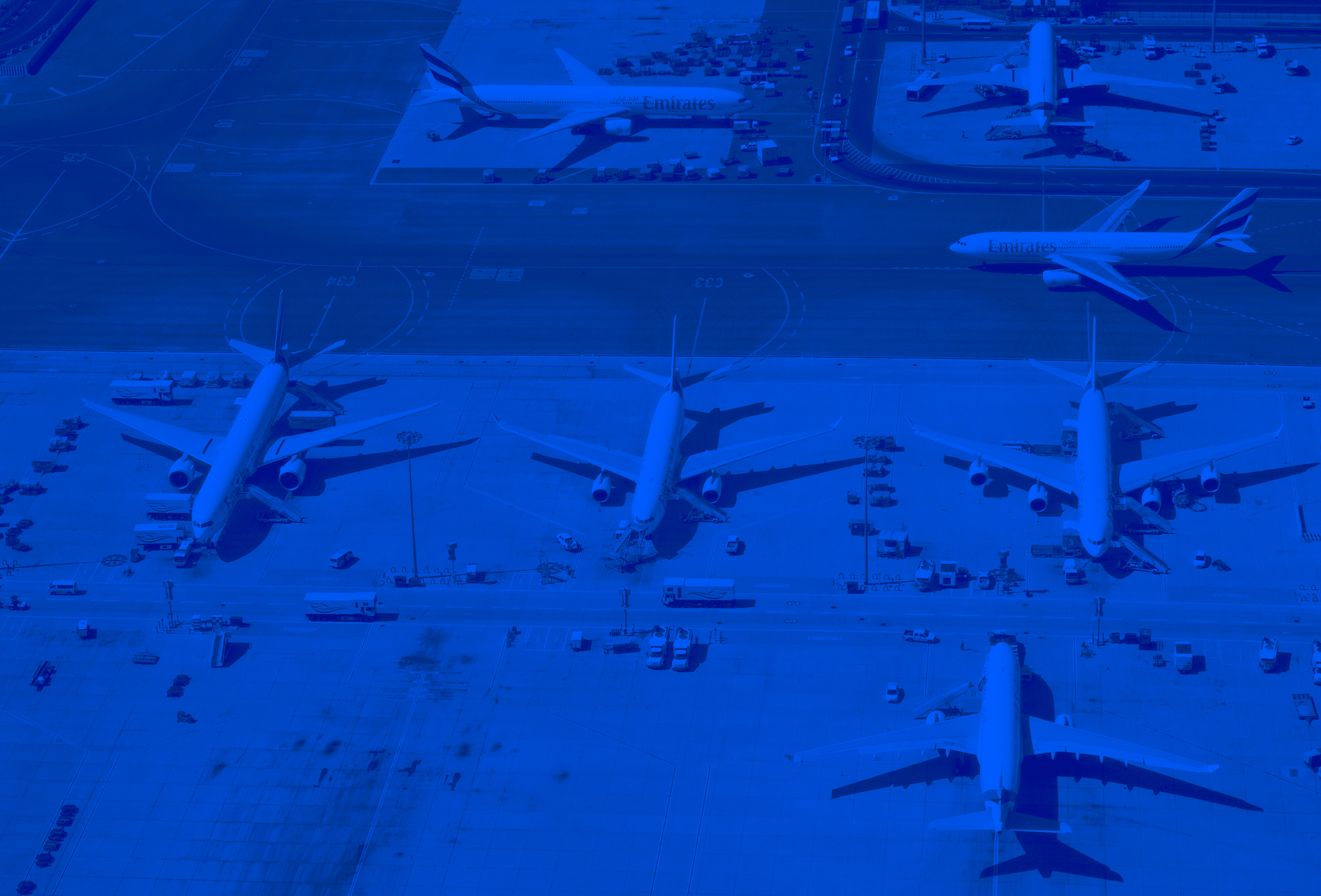
Crafting a Positive Reception
Today Dubai is the proud proprietor of the world’s “busiest” airport, as de ned by footfall; a title it acquired from London Heathrow in 2014 which had held it previously for decades. In 2014 DXB handled >69.76 million international passengers; in 2015 that gure rose to 70.96 million and in 2016 it rose again to 83.6 million.
That’s an incredible growth rate of 6.5 million passengers per month, every month and it continues to grow today. Staggering gures. Being the world’s busiest airport three years straight is a praiseworthy accolade, well deserved and certainly cements ‘brand’ Dubai and DXB on the world stage but that’s an awful lot of people with an awful lot of opinions; 83.6 million to be exact. Yet leveraged correctly these kind of gures presents a real opportunity for a city striving to increase its “City Brand” and “Country Brand” stature as well as achieving Dubai’s personal target of attracting >20 million visitors to the city by 2020.
One recent poll (of which there are many, all with di ering variables) predicted that Dubai will be the 10th most in uential city on the planet within the next three years, one place behind Shanghai yet signi cantly ahead of older and more ‘established’ cities such as Hong Kong, Singapore and LA. The UAE ranked 19th globally as a Country Brand ahead of Russia (who didn’t even feature), and only one place behind France. It also topped the Middle East’s rankings; not bad going for a country that’s o cially only 45 years old. Yet how do you actually measure, quantify and compare one country or city against another?
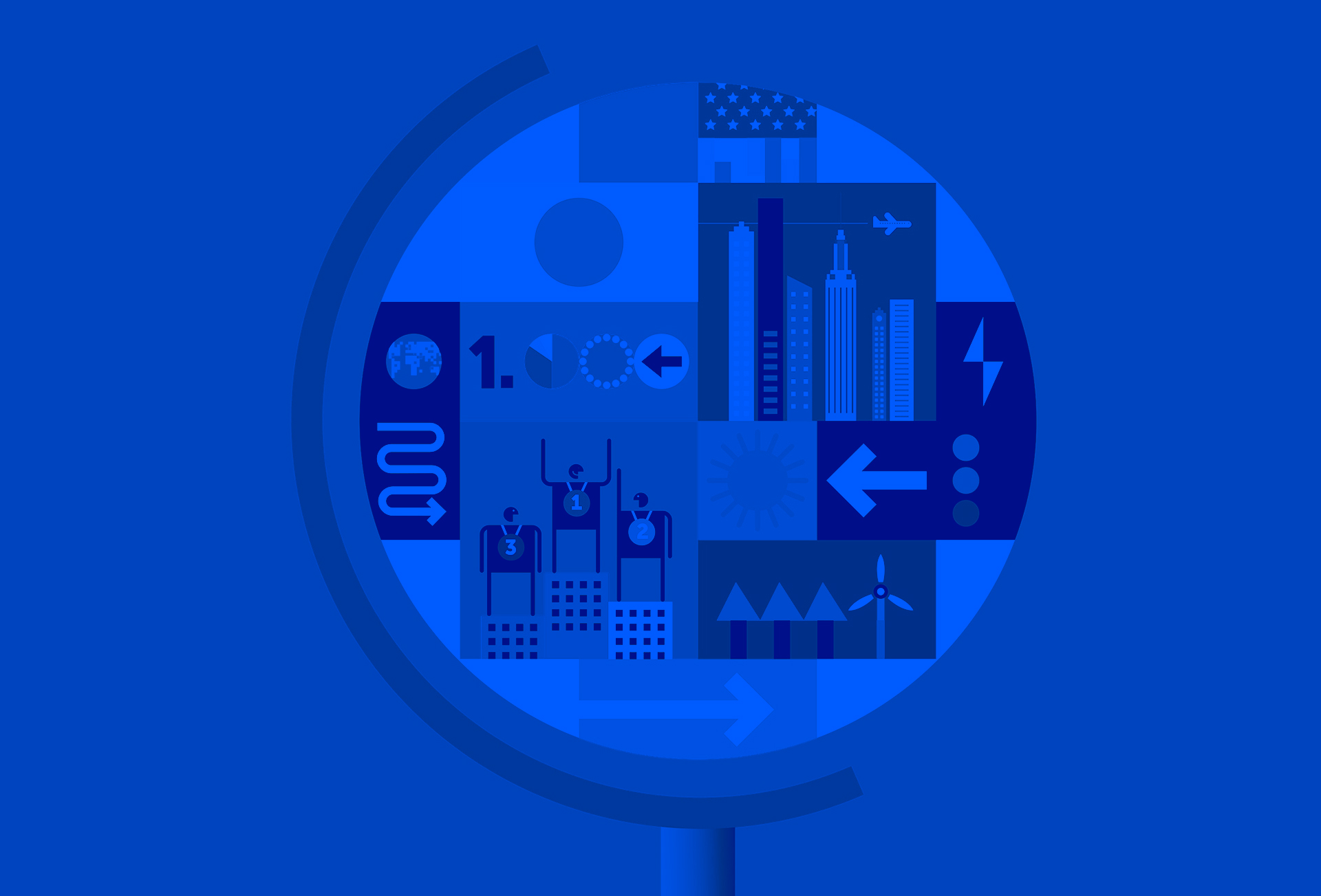
A survey by Future brand uses four defining factors
Countries
Countries that have below average perceptions in both Status and Experience dimensions.
Status Countries
Countries whose perception strength is biased towards attributes relating to Value System, Quality of Life and Business Potential.
Experience Countries
Countries whose perception strength is biased towards dimensions relating to Heritage & Culture,Tourism and ‘made in’.
Country Brands
Countries that have above average perceptions across both the Status and Experience dimensions and have measurable competitive advantages over their peers as a result.
So the jury seems to be out on this one; the defning factor is unanimous across all defnitions. Experience! Be it quality of life or the possibilities and ease of doing business, or tourism possibilities, countries and cities are being judged on the experiences that can be had therein. We believe the same is now true across the board, not just for country and city brands but brands as a whole. Our hypothesis is simple, that today Brand is Experience, and Experience is Brand; they’re one and the same and inseparable, yet it is the experience that will define a brand and not to the contrary. It’s not a revamped logo or expression people seek, it’s positive and repeatable “experiences” they can rely on; nobody cares for the Netfix word marque, just the experience the service offers them. What a brand stands for is what will make it initially, its positioning and place in the world, but to continue to remain relevant it must continually deliver upon that positioning even and especially if it means evolving. This rings particularly true for service brands and specifically set within the context of an airport. The world’s best know this and the fact is that they need more than an air bridge at 4am and nice big windows overlooking the runway to full. In a world where service brands such as Uber, Lyft and Careem are being squeezed due to regulation and increasingly crowded marketplaces, accompanied by the rise of democratised and increasingly ‘social’ media, it’s anticipated that 74% of all service brands could disappear overnight should they not evolve.
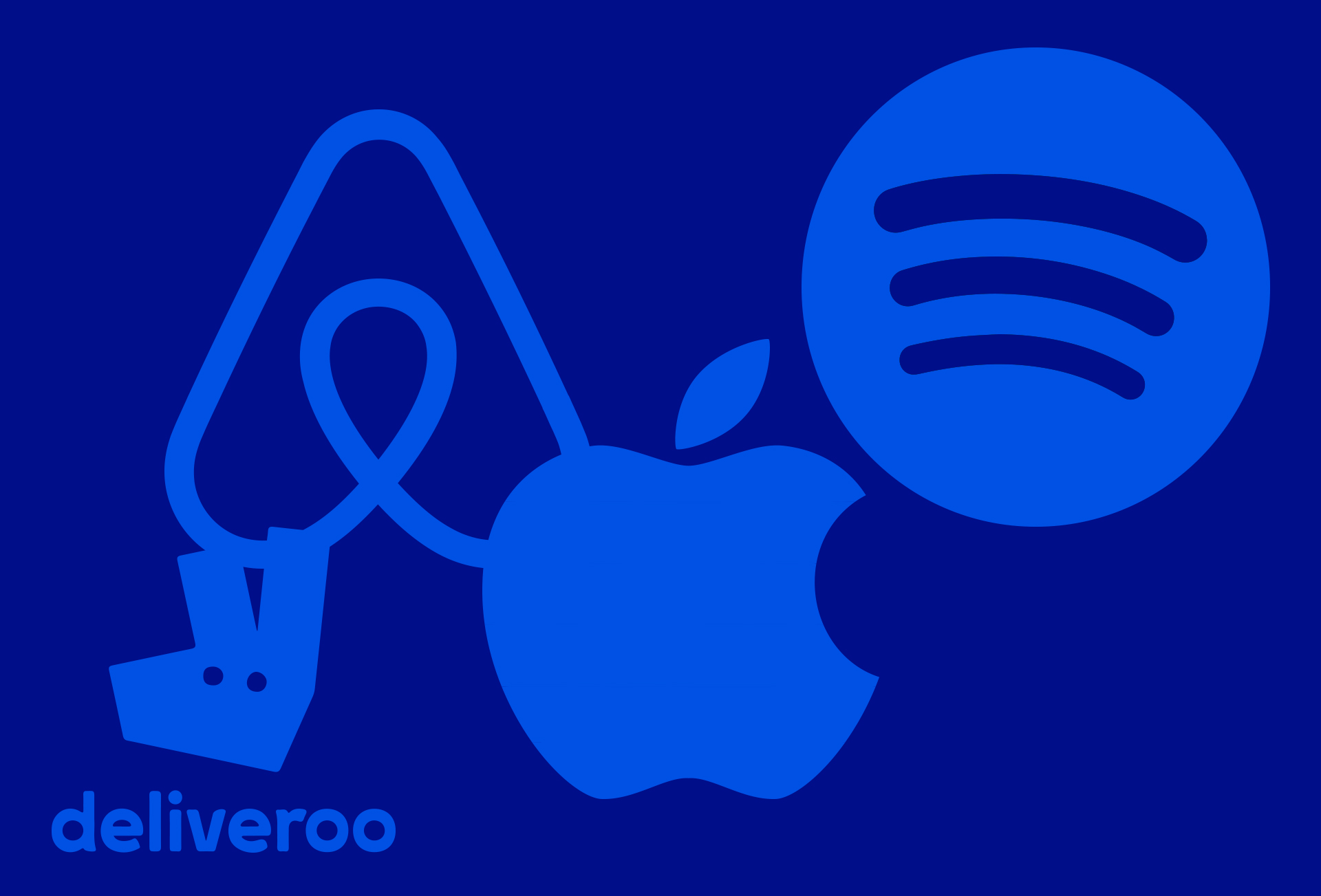
Delivering a better reality
As choice increases consumers, customers and travellers become more sophisticated, educated, connected and most signi cant of all, less loyal. They know they possess the power to communicate the 4am delay and the missing air bridge to the world at the tap of a screen generating instant bad press to whoever follows them.
So now more than ever it’s experiences and not brands that are broadly dominating industries from retail to healthcare. And it seems this is being recognised as we see the trend of brand devolution or debranding whereby logos, word-marques and expressions are simultaneously and continually being simplified to allow the experience or product take to centre stage. It took Apple 22 years to develop their nameless Apple icon (which no longer glows) known the world over, but in 2015 and in just 22 months Airbnb, Bank Simple (now just simple), Spotify, Snapchat, Neflix, Dropbox, Twitter and Paypal pared down their brands and opted for icon centric, more subdued, nameless identities. The trend only looks set to continue with the most recent case in hand being a refresh of the Google word marque and the introduction of their four dots, specifically created to convey emotion and enhance the digital experience. The devolution of Starbucks is also a great case study of ongoing simplification. These are all astoundingly successful brands that grow year on year not because of their brand identity but because of their reputation and by what they allow people to do. We can therefore seek to define some common traits, traits that build great brands, the innate qualities required and are capable of having people hold a brand close to their hearts, wallets and keep people coming back time and time again for more of the same. Here are the six key qualities that remain true to creating any great brand or experience:
1. Make my life easier
2. Make my life less stressful
3. Give me joy
4. Give me great value for money
5. Continue to evolve with me
6. Contribute to the place of origin (make me feel proud)
These are the exact same qualities that are necessary to deliver a positive airport experience, or any brand-centric experience for that matter. The best international airports and carriers know this well. Emirates Airlines and DXB’s regional and global dominance as airline and international hub of choice are now seeing strong regional competition from the likes of Etihad/ Abu Dhabi; Qatar Airways/ Hamad International; Turkish Airlines/ and the upcoming gigantic Sabiha Gokcen airport; with global competition coming from the likes of Singapore Airlines/ Changi; and Cathay Pacific/ Hong Kong International. It is fair to say competition is fierce as these are all great carriers with great airports and fantastic reputations. We shall watch on as they battle it out on a global stage all trying to become the international or regional hub and the carrier of choice. As air travel shifts from a luxury to a commodity what will win this battle is obvious but who, isn’t so clear. Domination will be achieved by the carrier/ airport combination that is best able to deliver against the six qualities de ned above and offer the best overall experience most consistently. If they can achieve this they will build something you can’t buy; trust, and trust is where the hearts, minds and wallets lie. For instance this year? Turkish Airlines has been on a huge ad spend compared to 2005 when it spent just over $5: fast forward to 2016 and that gure is now in the hundreds of millions and the overall marketing budget in excess of $1.2 billion. Whether that increase in marketing spend is actually achieving the desired results (90m passengers by 2020) is yet to be seen. With recent and ongoing events in Istanbul and even within the airport itself it seems doubtful. Trust can only be obtained by delivering the same experience time and time again and encouraging people to rely upon it.

Building a competitive advantage
In the beginning Amazon was forced to battle uphill and address fears that you could purchase something with a few clicks, a couple of taps and it would turn up on your doorstep days later. But they did it by relentlessly keeping the goods coming time and time again and delivering (literally) on what they promised.
They also had to reassure people that their financial information was safe and secure; their solution, Paypal. Netflix is winning over conventional broadcasters and even the likes of Apple TV and Amazon Prime because it’s hassle free, ad free and consistently delivers great content you simply can’t get anywhere else and at an accessible price point. Twitter keeps bypassing mainstream media and who remembers the last time Sony made a bad camera? Each of these brands stands for something unique to them and they relentlessly deliver it time and time again, never standing still. If they did they’d be left exposed, left behind and the throne they once occupied would be filled in no time at all. Remember Nokia and Blackberry?
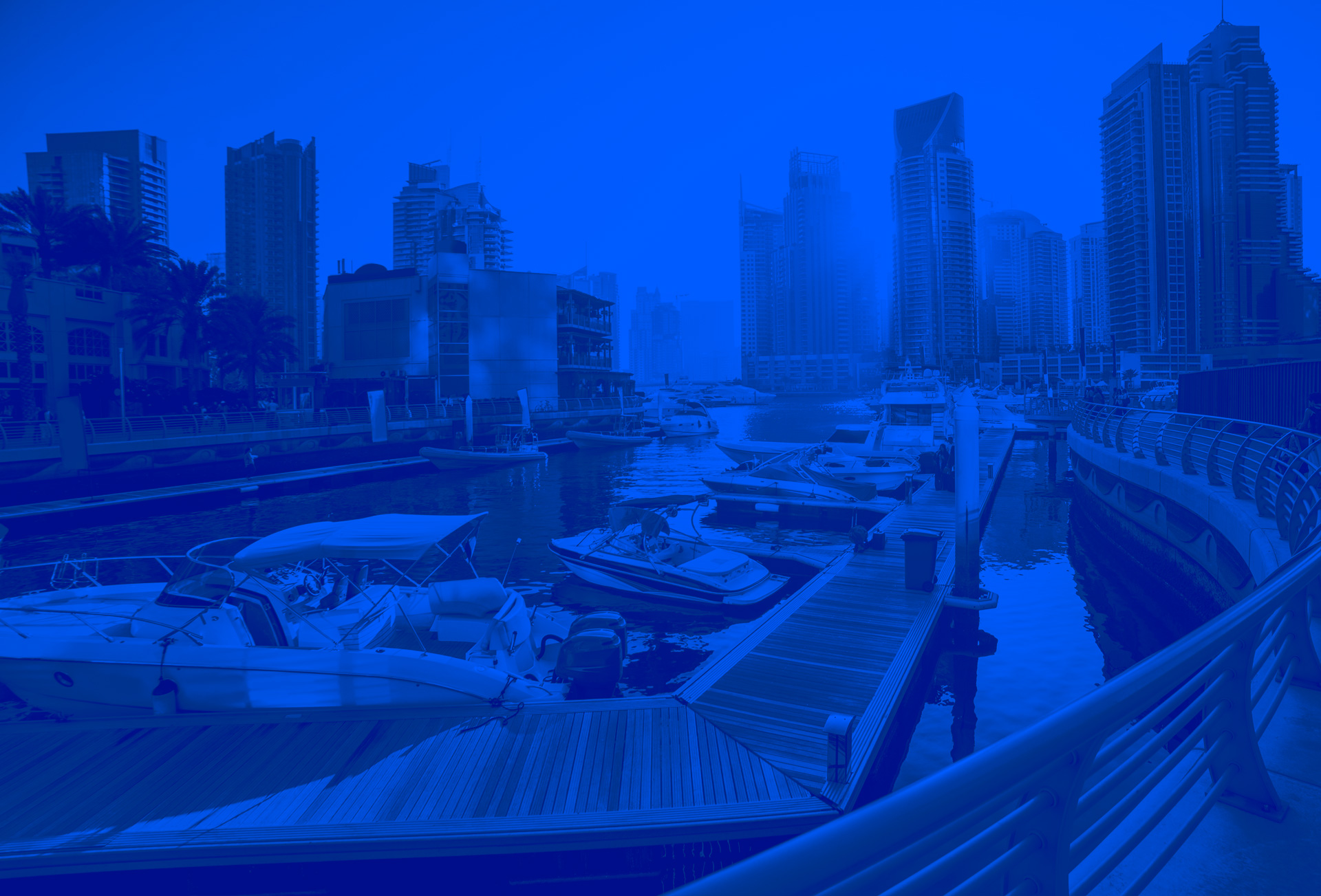
Where premium comes as standard
So where does this enhanced understanding and interplay of brand vs experience vs City and Country brand lead us? Why should countries and cities care about such brand-centric rankings given the shifts we have discussed? In short, perception.
Going back to the rst line of this article it’s about crafting the right cover by which we know we will be judged. That doesn’t mean creating a brand but it does mean creating a perception and ensuring that perception or brand positioning is delivered upon. A carrier such as Emirates (or any other national, or in the case, city carrier) and the standards they set directly represent and benchmark perceptions of Dubai by all those that fly it. Equally the experience attained at DXB whilst subsequently alighting the aircraft will continue those perceptions and will affect and contribute to the world view of the city of Dubai and the wider UAE as a whole. The reason this is so important is because it directly contributes to the perceived status and reputation of a city leading to increased awareness globally, pushing visitor numbers up and increasing the likelihood of investment within the country. In short, a strong brand image globally gives you a competitive edge over your peers and competitors, strengthens your position on the world stage and can contribute signi cantly to the prosperity and GDP of the nation. Of the >83.6 million people landing in DXB in 2016 only 30% did so intending to actually visit the city. DXB is therefore in a unique position to assist Dubai’s visitor targets by persuading a portion of the surplus +58.2m not to simply pass through but to actually visit within the next three years. Emirates Airlines, Dubai Airports and Dubai Tourism are well aware that to achieve this they will need to collectively create an experience that successfully delivers upon the city’s brand image, one that can be recommended and shared first hand by people you trust. Things are certainly heading in the right direction as Dubai was offcially the 4th most visited city on the planet last year and the most #hashtagged globally. Leveraged correctly this presents a huge opportunity for Dubai towards achieving that >20m mandate by delivering an experience so compelling that it benchmarks Dubai as a whole and converts DXB from stopover to destination. Dubai Airports’ intent isn’t to be the busiest airport in the world (tick) but the “best”. With the best check-in process, most efficient passport control utilising the latest automated technologies, the safest and most efficient security equipment and protocols, the best retail, wayfinding, F&B offering, Duty Free, architecture, design, boarding experience, so on and so on. Clearly achieving this is a multi- faceted and extremely wide-reaching task comprised of many touchpoints, all of which add up to an overall experience attained that should be greater than the sum of its parts. This is not something that can be achieved over night, in fact it’s a process that never stands still, you’re innovating on a daily basis, constantly assessing, evaluating and evolving. We’re helping Dubai Airports across numerous areas, from the creation of an internal think-tank, come incubation-space that aids internal communication and prototyping by giving internal teams the space and tools to help realise this grand self-appointed mandate and keep DXB at the top of its game. More recently we redesigned and reimagined the boarding gate experience for DXB, creating designs for 10 revamped gates within numerous concourses, the intention of which was of course, “to better the boarding gate experience as a whole”. Our central idea which was based on a perceived world view of Dubai as a premium destination that exudes opulence, we named “FREEMIUM – Welcome to Dubai where premium comes as standard”. It wasn’t the spark behind the visual aesthetic but instead aimed to give business lounge type facilities to the masses. Here’s an extract from our creative intent that drove the visual language.
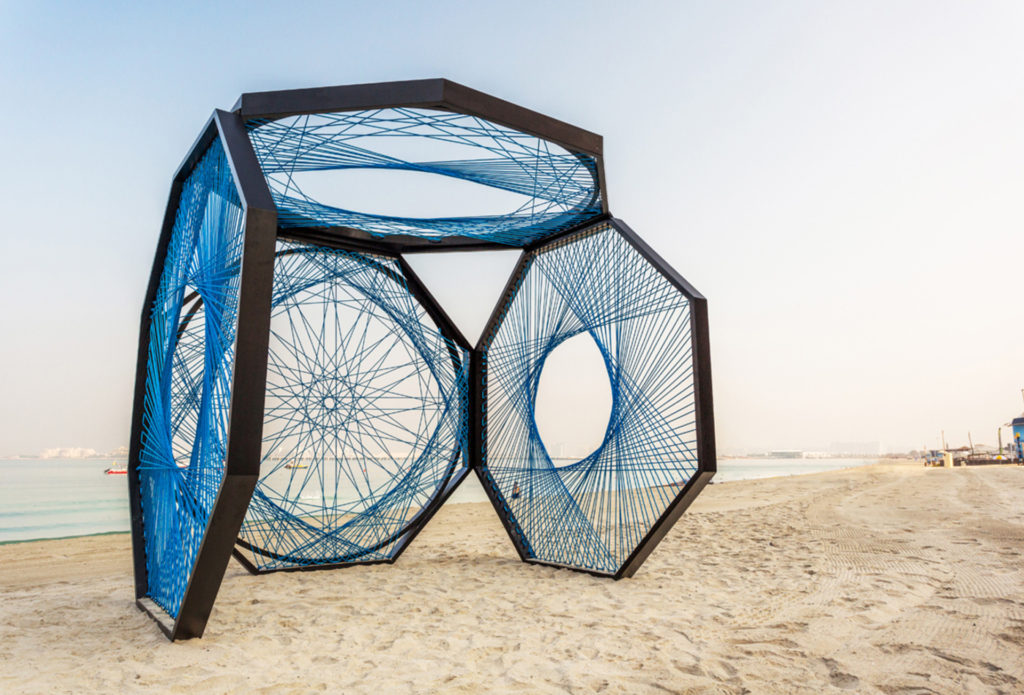
“Weaving a ‘sense of place’ and creating a distinctly Emirati influence throughout the gates was of paramount importance to us. We wanted those that brushed passed the gate and them to feel a slice of life beyond the confines of the walls they were within. We drew visual inspiration from renowned Emirati artist, Aljoud Lootah’s 2015 “Yaroof” structure art installations. We loved the inspirational spark behind Aljoud’s concept it was so apt. Yaroof being a traditional Emirati fishing technique involving unique nets used along these shores for centuries. We believed to achieve genuine authenticity we needed the expert and creative input that only somebody of Aljoud’s caliber and knowledge could a ord the project. A genuine and highly talented Emirati artist“
Adam Nash
Creative Director – Experience
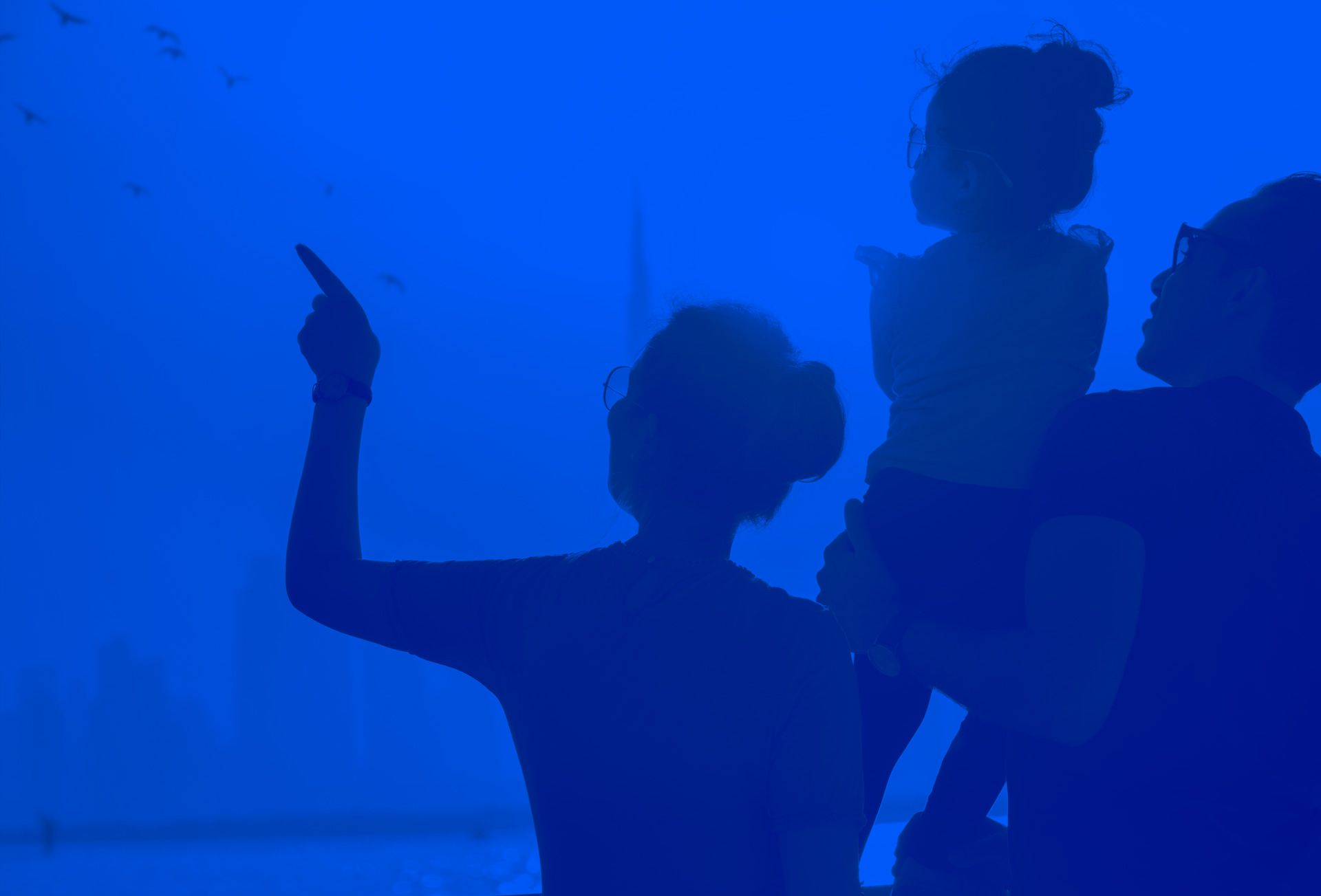
In conclusion
An airport’s and carrier’s image success directly contributes to status perceptions on the world stage which subsequently can and do directly translate into GDP and therefore overall prosperity for its citizens. It is predicted that by 2020 the aviation industry is set to contribute over $53.1 billion to Dubai’s economy. That equates to 37.5% of its GDP supporting over 750,000 jobs. With those kinds of figures in an oil rich state, Dubai Airports has a lot to live up to, as over a third of Dubai’s GDP is predicted to come from their success and the aviation industry as a whole. They simply cannot afford to sit still, proud of being crowned the busiest airport in the world; they’re not only in the aviation business but innovation business too and experience lies at the heart of it all. If they continue to lead the world as they have been they will continue to bolster Dubai’s “City Brand” and “Country Brand’s” global status ranking, further fuelling tourism, trade and investment. Indeed, an airport and incumbent carrier represent not simply a gateway to a city or a country, they’ve become a yardstick of progress, an ambassador, a driver of prosperity and an in uence catalyst of status on the world stage, perceptions built almost entirely upon experiential qualities. Today, across all industries it is not brands that de ne our lives how we lead them or the choices we make, it’s the surprising and positive experiences we are a orded set against the brands, nations, cities and services that enable us to experience them. Welcome to DXB, the 10th most influential city on the planet, the 4th most visited, the most #hashtagged and where “premium comes as standard”.
Adam Nash
Creative Director (Experience)